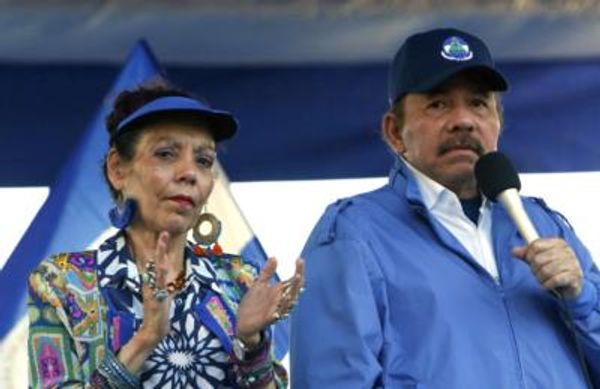
After the Federal Reserve cut interest rates by 50 basis points (half a percentage point) last month, experts figured it would move another 25 or 50 basis points at its next meeting in November.
Jobs data two weeks ago and inflation numbers last week changed that calculus markedly.
💰Don't miss the move: Subscribe to TheStreet's free daily newsletter 💰
Within employment, nonfarm payrolls rose 254,000 in September, up from 159,000 in August. And the unemployment rate dipped to 4.1% from 4.2%.

“The data hit a grand slam with payrolls coming in strong, positive revisions, and unemployment falling,” Lindsay Rosner, head of multisector investing within Goldman Sachs Asset Management, wrote in a commentary.
On the inflation front, consumer prices rose 2.4% in the 12 months through September. While that slightly exceeded economists’ forecasts, it’s down from 2.6% in August.
The Fed has a 2% target for inflation. And its favored inflation indicator, the Personal Consumption Expenditures Price Index, was very close to that mark in August – 2.2% year on year.
Market Fed forecast, Larry Summers’ take
After all those strong numbers, interest-rate futures point to an 84% chance that the Fed will lower rates 25 basis points next month and a 16% chance it will do nothing, according to CME FedWatch.
The Harvard economist Larry Summers even maintains that the Fed may already have gone too far.
“With the benefit of hindsight, the 50-basis-point cut in September was a mistake, though not one of great consequence,” said the former treasury secretary and Harvard president.
Related: Fed official delivers surprising words about next Fed rate cut
“With this [jobs] data, ‘no landing’ as well as ‘hard landing’ is a risk the Fed has to reckon with. Wage growth remains well above pre-Covid levels and it does not appear to be decelerating.”
The Fed is seeking a soft landing, which means reducing inflation without sparking an economic downturn. Wages climbed 4% in the 12 months through September.
The outlook for interest rates
So what’s ahead for Fed rate policy?
“It felt like the jobs report took a 50-basis-point November cut off the table, and the Consumer Price Index [inflation] report kicked it to the curb,” Jason Pride, chief of research at wealth management firm Glenmede, wrote in a commentary.
“There may even be some discussion questioning the necessity of a 25-basis-point cut in November.”
Related: Debate erupts over how fast to cut interest rates
But he says the Fed will go 25 basis points to “establish a smooth trajectory, in recognition that they are starting from a point that is well above neutral and constrictive for economic growth.”
The neutral rate is one that keeps employment at its maximum level without pushing inflation far from the Fed’s target.
Kashkari favors rate cut, Druckenmiller may not
Minneapolis Fed President Neel Kashkari apparently agrees with Pride.
“It appears that further modest reductions in our policy rate will be appropriate in coming quarters to achieve both sides of our mandate," he said in a speech Monday.
The two sides are low inflation and strong job growth. The Fed is "in the final stages of bringing inflation down to our 2% target,” Kashkari said.
More Economic Analysis:
- Goldman Sachs analyst overhauls S&P 500 targets for 2024, 2025
- PCE Inflation report resets bets on another big Fed rate cut
- Why stocks are soaring and the rally has room to run
The superstar investor Stanley Druckenmiller, a former colleague of hedge fund legend George Soros, is worried about the Fed going too far.
“I hope the Fed is not trapped by forward guidance the way they were in 2021,” he wrote in an email to Bloomberg after the jobs report. He was alluding to the Fed’s reluctance to boost rates after inflation began surging in 2021. Now the reluctance would be to leave rates alone.
“GDP above trend, corporate profits strong, equities at an all-time high, credit very tight, gold new high. Where’s the restriction?” said Druckenmiller, who oversees his own family office, Duquesne Family Office.
He means that in light of those trends, Fed policy isn’t too tight now. So it doesn’t need to lower rates much. (Perhaps he means it doesn’t need to cut rates at all.)
Related: Veteran fund manager sees world of pain coming for stocks







